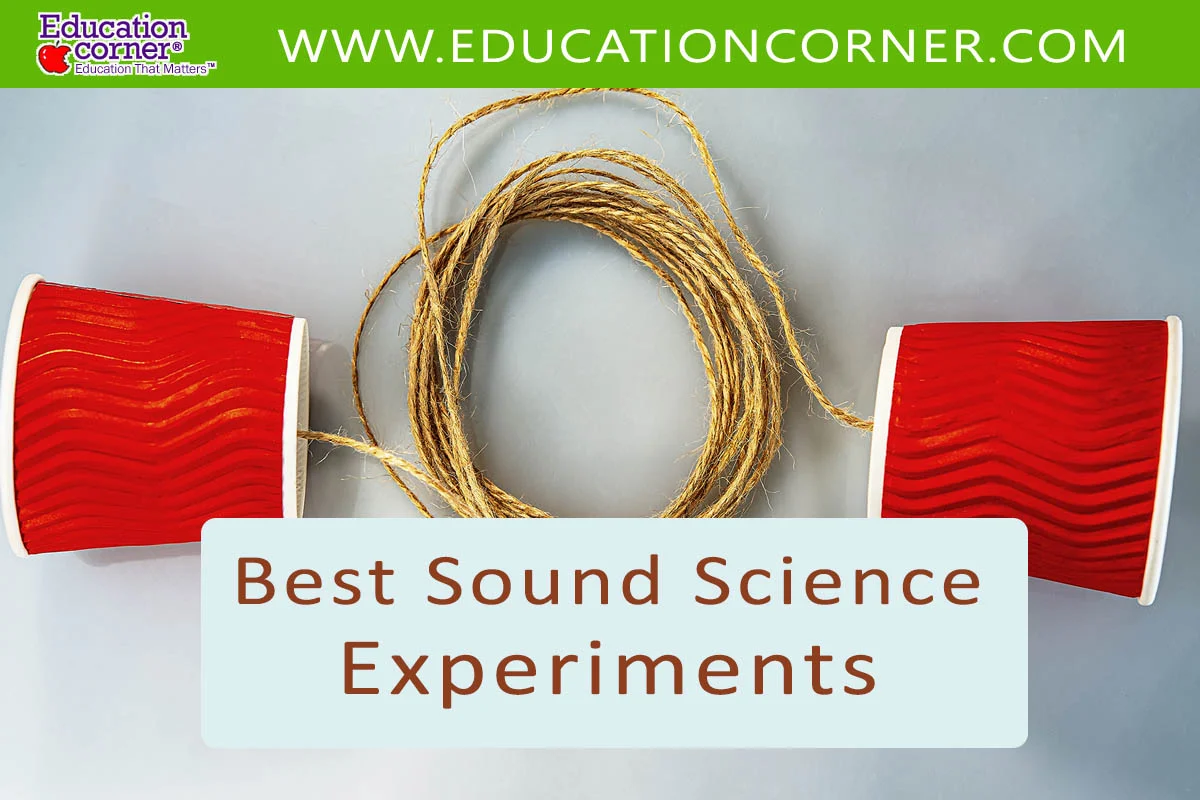Sound, an intrinsic part of our lives, is more than just a medium for communication and entertainment. It is a fascinating scientific concept, offering insights into how energy travels and interacts with our environment.
This carefully curated selection is designed for learners of all ages, covering fascinating topics like vibration, sound waves, pitch, and resonance. These hands-on, educational experiments will not only amplify your understanding of the science of sound but also strike a chord with your innate curiosity.
We hope you enjoy this compilation of sound experiments and that it inspires you to continue exploring the wonders of science.
1. How to See Sound Experiment
The How to See Sound experiment is a fascinating way to explore the relationship between sound waves and visual patterns.
The How to See Sound experiment is a fun and insightful experience that is likely to pique your interest, whether you’re a scientific enthusiast, an artist, or just someone who enjoys discovering the wonders of the world around you.
2. Glass Bottle Xylophone
Seeking an innovative and entertaining technique to learn more about the science of sound? With the help of the Glass Bottle Xylophone experiment, students can build their own musical instrument and learn about the fundamentals of sound.
3. Singing Spoons
Do you want to learn more about the science of sound in a playful and imaginative way? Using just a few spoons, the Singing Spoons experiment is a fascinating and fun project that you should try.
4. Make a Straw Oboe
Make your own musical instrument by cutting a straw to a specific length and blowing across the top to create different notes. Experiment with different straw lengths to produce different pitches.
5. Create a Thunder Drum!
Creating a thunder drum is a unique and exciting way to explore the properties of sound and can help students understand these concepts in a more tangible way.
6. Musical Wine Glasses
The musical wine glass experiment is a fun and easy way to explore the science of sound and create your own musical instrument. By filling wine glasses with different amounts of water and tapping them with a spoon, you can produce a range of musical notes and create your own melodies.
7. Tuning Fork Resonance Experiment
The tuning fork experiment is an established representation of how resonance and frequency work in the study of sound.
Students can see and measure the effects of resonance and frequency in this experiment by experimenting with various objects and tuning forks of different frequencies.
A hands-on introduction to the fundamental concepts of sound and waves is provided by this simple yet interesting experiment.
8. The Doppler Effect with Sound
Through the use of sound waves generated by a moving sound source, students can investigate the Doppler effect in this experiment.
Students can learn about the Doppler effect and its use in disciplines like astronomy and radar technology through this exercise in an useful and fascinating way.
9. Soundproofing Experiment
Students can learn about the science of soundproofing and its importance in building pleasant and effective surroundings through this project, which is a practical and hands-on learning experience.
10. Standing Waves
With the help of this experiment, students can learn about the fundamentals of wave interference and resonance as well as how these ideas are used in real-world situations.

